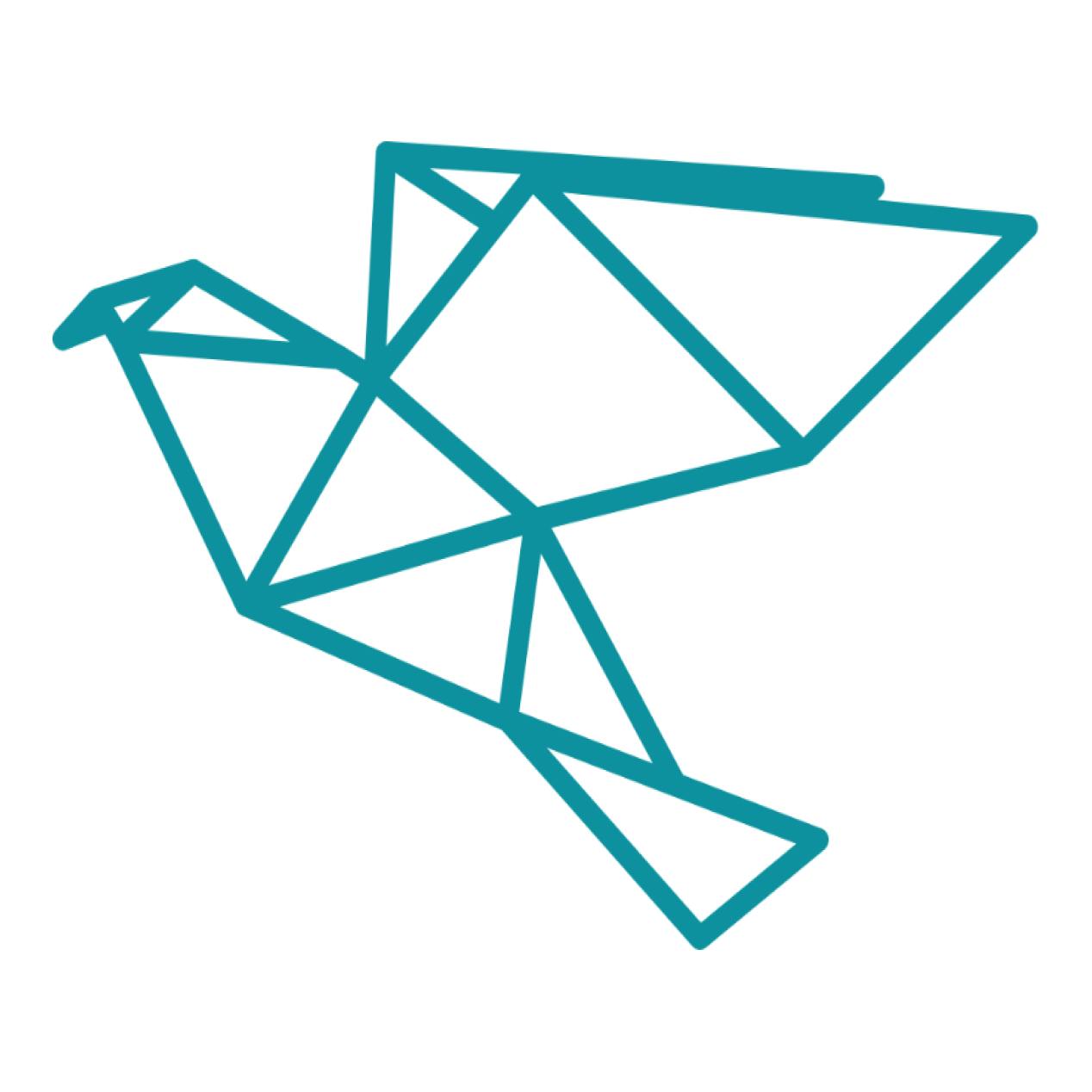- Valuation Model
- Expert Interviews
- Founders, funding
What are the product-market fit indicators for Winvesta?

Swastik Nigam
Founder & CEO at Winvesta
We are at a very early stage. We still think that across any of our products, we're quite some distance from product-market fit. But a few things, and we ran a few experiments, so for example, one is especially on the investing side, there's a lot of awareness that needs to be created.
Less than 0.3% of Indian wealth is invested beyond India's shores, so there needs to be a great amount of investor awareness to be create before the product itself starts selling. So I think there's one part of it there. And the other part inside this is the ability to remit money overseas is also quite difficult. You need to go back, log into your bank account, and then send money for all capital account transactions.
There are certain, I say, points of friction in the process which reduce traditional product-market fit expectations. What we then started looking at shortly after we launched banking per se, the multi-currency accounts, was that we actually want to put a bit more friction into the process to see which are the customers that will really be attracted to our product proposition?
We did that by actually having customers pay for the bank accounts. Rather than giving a bank account for free, which is the usual standard expectation pretty much globally, our customers pay a sign-up fee, pay a monthly fee, starting to receive this as an account. So that gave us a better idea of who is this product better suited for? What are the kind of customers, what are the solutions that these customers are really looking for?
That’s a key part, but that also gave us a much stronger control on recognizing what true monetization will look like for these customers. When you give a product for free, you've got no idea how valuable this customer might be. You have to only run your experiments for quite a period of time and then look back to figure that out.
That started helping us move more and more towards thinking from a revenue first angle as well, and thus if you've got one segment of a customer who's paying X in value, then you get someone who's paying a little bit more, how do we start thinking of cultivating a different kind of customer sets?
Across both of these products, one of the things is that for most of our customers, we were the first product they've interacted with in that space. Whether it was the investing app, whether it was the multi-currency accounts, they've historically not had a product like that before. I think that's one of those points where we still see, in terms of tracking as a metric, how much a customer is engaging with their accounts, how frequently they're using it.
Some of the traditional proxies in investing across still stand, like transaction volume and whether that's increasing and so on, but people might get lost a bit in the noise because a lot of transactions, volume in the brokerage industry is depending on how the markets are performing. In bull markets, you have a lot more activity. In bear markets, people start getting cold feet.
It doesn't become a great point for true investor behavior and customer behavior to speak of how well the product is possibly doing as well. So I'd say these are some of the points where we see a distinction between banking and investing. And banking is primarily focused upon the true value that we're getting and then reaching in better towards monetization and investing some of the heuristics that many in the industry do, we feel is not ideal for our product that, also given the multiple points of friction, that do exist.
Winvesta is a cross-border fintech company.
